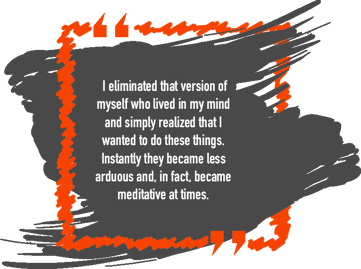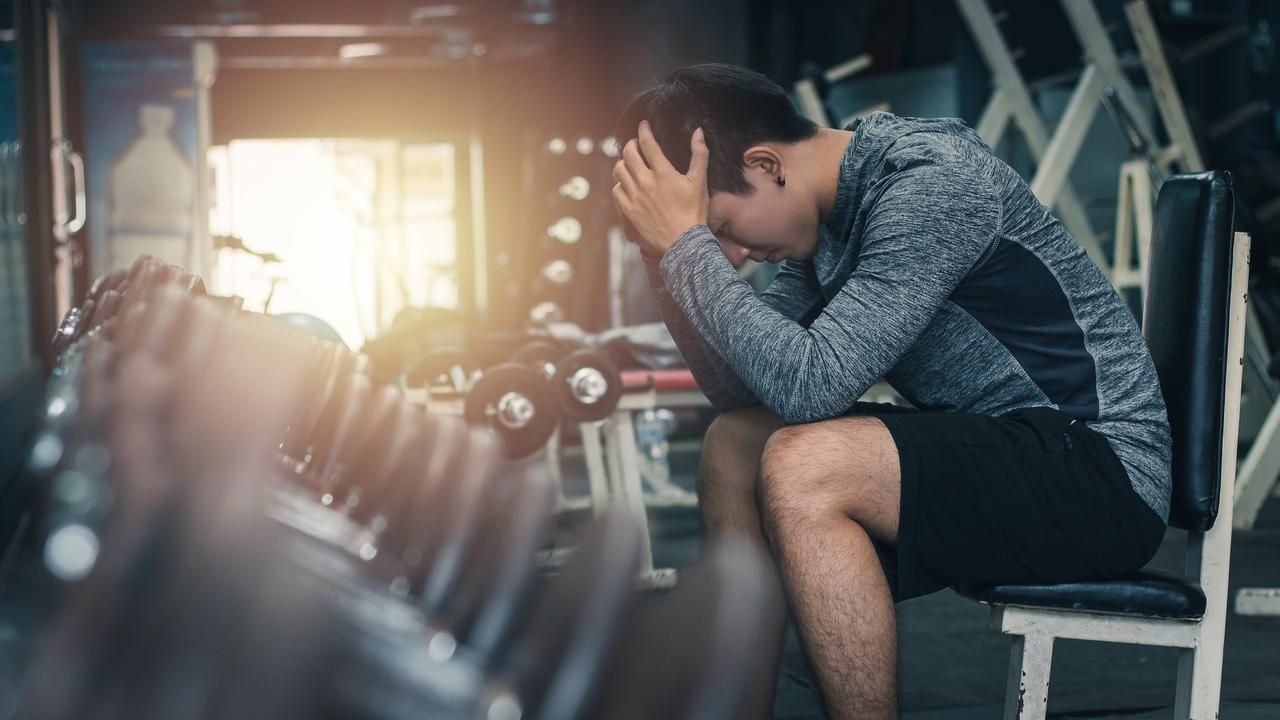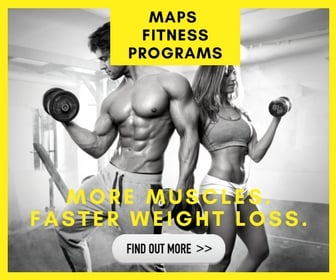Progress and results, arguably the most common reason people workout in the first place. People go to the gym and lift heavy objects or sweat on cardio machines because they want something to change. Its usually either their physical appearance, their performance, their health or even their mindset that is desired to be improved upon. Otherwise, why would anyone dedicate the time, effort and sacrifice that a consistent workout routine requires? Understanding this is very important because it also highlights why most people stop working out as well. If one of the top reasons why you workout is to change something and you end up seeing or feeling very little to no change then its easy to see why so many people stop.
Yet some people don’t stop. They keep at it month after month with little or no change or progress. This is especially true of the types of people who’s goal revolve around building or sculpting muscle. They go to the gym and workout hard, real hard. They get really sore and then take time off from training the affected body part to let it recover. They come back a week later and repeat the same workout with no improvement. No increases in strength and no changes in muscle. Just get sore, rest and recover and repeat. Eventually even the most stubborn of lifters give in and quits or they decide they have terrible genetics and they take anabolic hormones or drugs to get their bodies to finally respond. If only they knew that recovery and adaptation were two separate things. If only they knew they were stuck in what I call, the breakdown recovery trap.
One late evening years ago I was reading a copy of the New England Journal of Medicine. Sometimes I get especially hyper and I tend to read incessantly. This was one of those times. As I read through medical studies one caught my eye. The study was titled
“The Effects of Supraphysiologic Doses of Testosterone on Muscle Size and Strength in Normal Men.” The men in the study were put into groups. One group of men took high doses of anabolic steroids and lifted weights, another group of men remained natural and lifted weights and the last group took high doses of anabolic steroids and did NOT lift weights. As expected the group that took the steroids and lifted weights built the most muscle and gained the most strength. Nothing shocking there…but what really surprised me was that the group that took second place in muscle building was the group that took steroids and DID NOTHING. This blew me away because they didn’t damage muscle at all. No muscle damage and no recovery, they just grew muscle. This test highlighted something quite important…it showed that muscle damage is NOT the only signal that tells muscles to grow. The bodies of the men in the study adapted (built muscle) independently from damage and recovery.
We see examples of how muscles grow and adapt without damage all the time especially in blue collar jobs. Mechanics who have been working for years have big muscular forearms even though they probably stopped getting sore after the first six months on the job. Mail carriers tend to have well-developed calves even though, after years of work their calves likely get zero damage from their walking. Their muscles adapted.
Recovery is the process of healing. Adaptation (the kind we desire) is the process in which your body aims to become more resilient to stressors or more efficient at what you practice the most. If the body has to make a choice to utilize resources and energy to either recover and heal from damage or to adapt to become better it will typically choose damage. Healing is more of a priority. That being said damage likely also triggers some adaptation as the body wants to avoid said damage in the future but make no mistake, both recovery and adaptation require resources and if the damage is too severe then the body will only focus on that.

This is what is happening to people who smash their body parts with high-intensity high volume workouts. They create a whole lot of damage and, maybe an adaptation signal, but because the damage is so severe healing becomes the priority and adaptation is left behind. Knowing this you are probably wondering “how can I get my body to prioritize adaptation?”
Muscle protein synthesis is a fancy word for “muscle growth” or adaptation. We can actually measure these rates and tell you if your body is building muscle or not. In other words, a good workout should elevate your rate of muscle protein synthesis right after a workout. Numerous studies (https://www.ncbi.nlm.nih.gov/pubmed/8563679) have been done to determine how long this muscle building adaptation signal lasts post workout and the results are quite consistent. Post workout protein synthesis (adaptation signal) elevates quickly and stays elevated for about 24-48 hours on average (shorter for experienced lifters) and quickly returns to baseline REGARDLESS of how sore you are or if you still need your muscles to recover. Your muscles are either adapting in the positive (building) or they are adapting in the negative and keeping an elevated muscle protein synthesis level more often than not is crucial if your goal is more strength, more muscle or a faster metabolic rate.
Now that we understand that recovery and adaptation can be two separate things and that muscle protein synthesis elevates after a workout but then also drops quickly within 24-48 hours or so, we can clearly see why the most common “hit each body part super hard once a week” body part split routines are incredibly ineffective. Your routine is why you get sore and recover week after week without seeing any real progress. You may be wondering why so many pro bodybuilders follow these types of routines and seem to build tremendous muscle. Consider the following…bodybuilders have muscle building genes that are extremely rare. They may, in fact, have genes that allow their muscle protein synthesis levels to stay elevated for days longer post workout than the vast majority of us. Combine that with ultra-high levels of anabolic steroids (which signal muscle to grow all on its own) and it becomes clear as to why those routines that are wholly ineffective for you or I may be effective for them.
Unless you are one of these “one in a million” genetic freaks on anabolics then your routine should NOT be like their routines. Your routine should maximize and prioritize adaptation and it should take into account how long a workout will keep a particular muscle in the building zone of elevated protein synthesis.
Here are two very basic but extremely effective tips you can apply NOW to your routine to start seeing immediate progress:
Stop training to failure. Its too much intensity and it causes too much muscle damage. Remember the goal is to send the muscle building signal and NOT to signal the body to prioritize healing over adaptation. Instead, stop every set 1-2 reps before you fail.
Increase the frequency you train each body part. I'm not telling you to simply workout more…that would be counterproductive and would just hammer your body even more. Instead what I am suggesting is that you take the total amount of exercise volume you currently do and simply divide it over 2 or 3 workouts. For example, instead of hitting chest once a week for 15 sets divide the workout into three workouts and hit your chest three times a week for 5 sets a workout. Same total volume but triple the muscle protein synthesis and adaptation signaling effect.
I've literally recommended the above two basic tips to hundreds of trainees and even to hundreds experienced trainers and coaches and, without fail, almost every single time people report back with much faster results, more strength gains, and more muscle. Try it for yourself. Give it 3 weeks and if you are like the vast majority of people you will see significant improvements within that short period of time.






